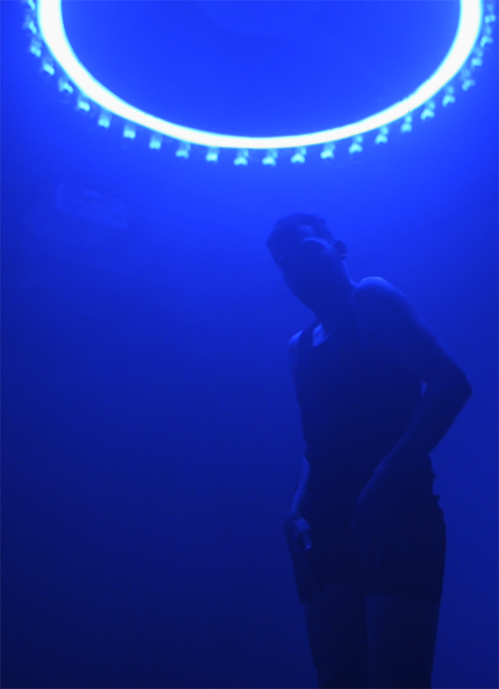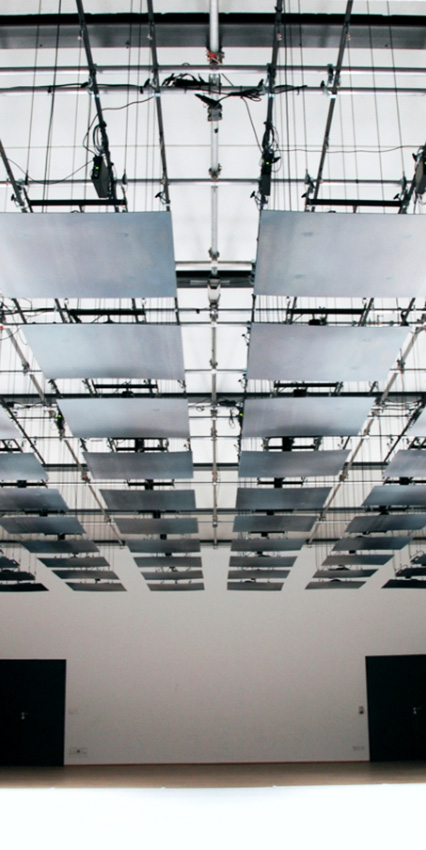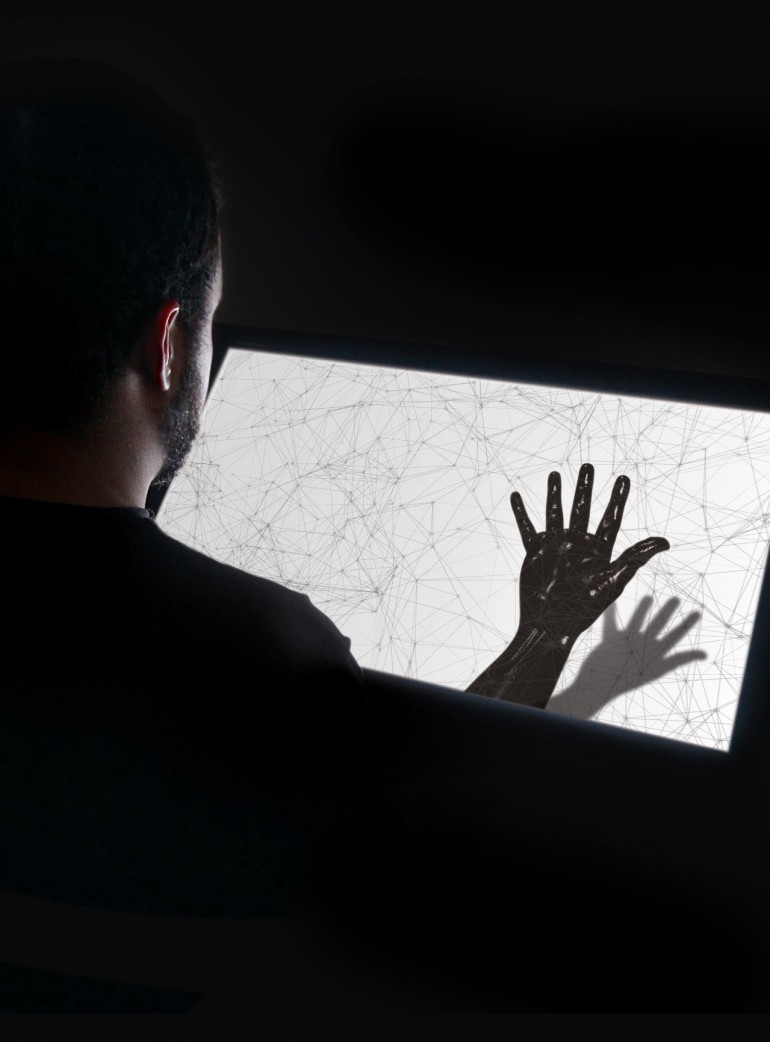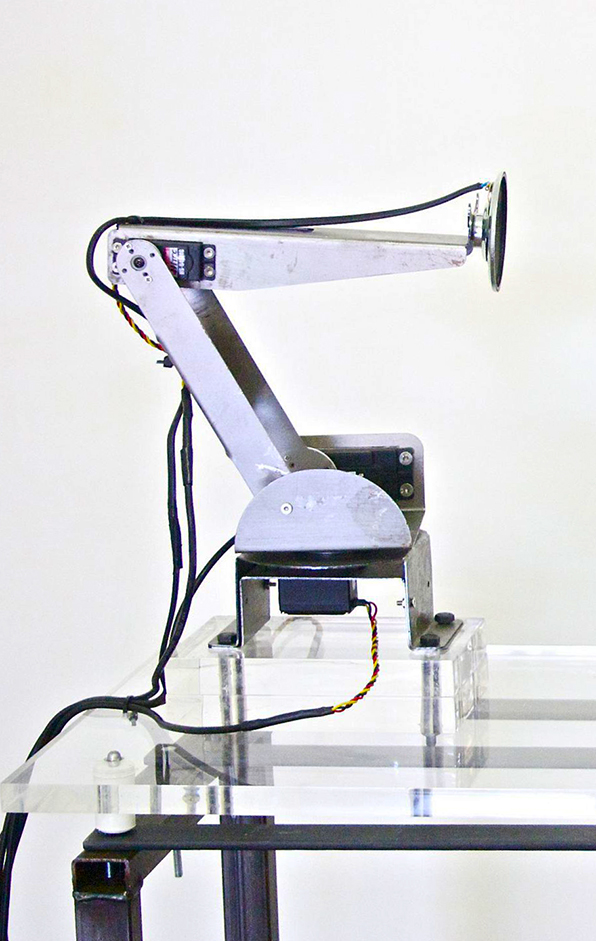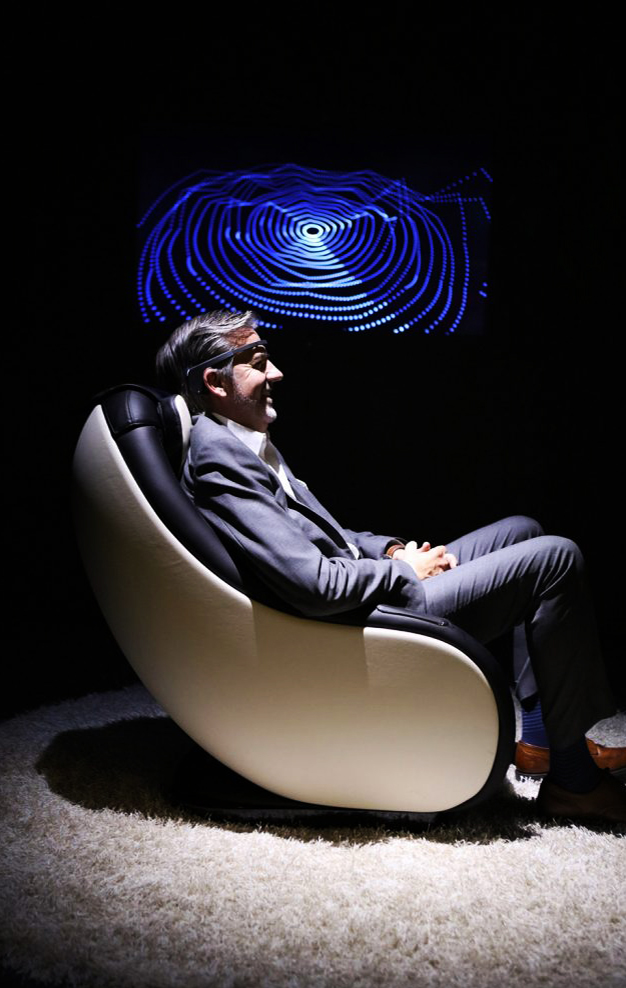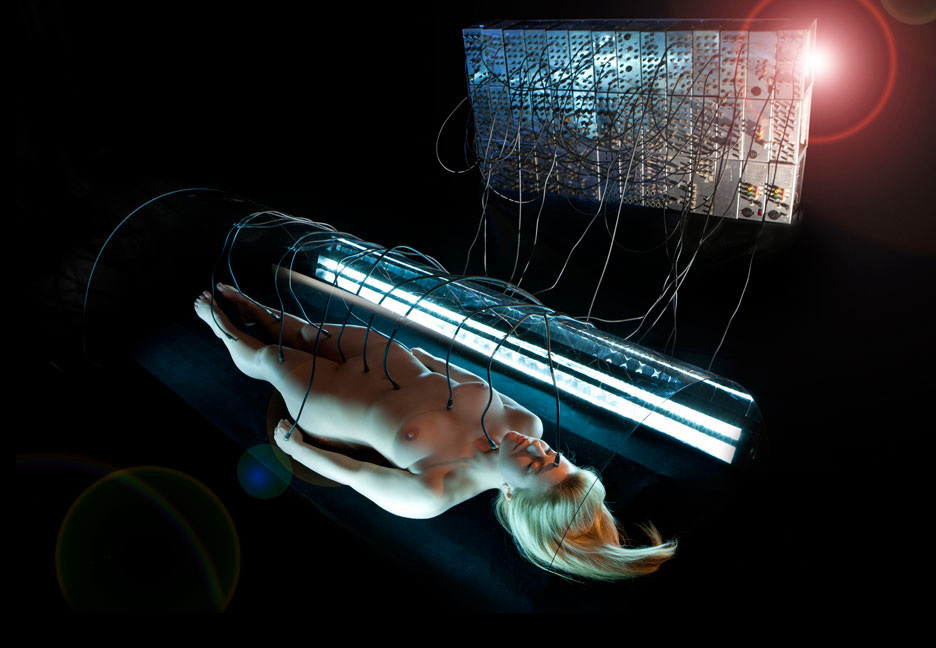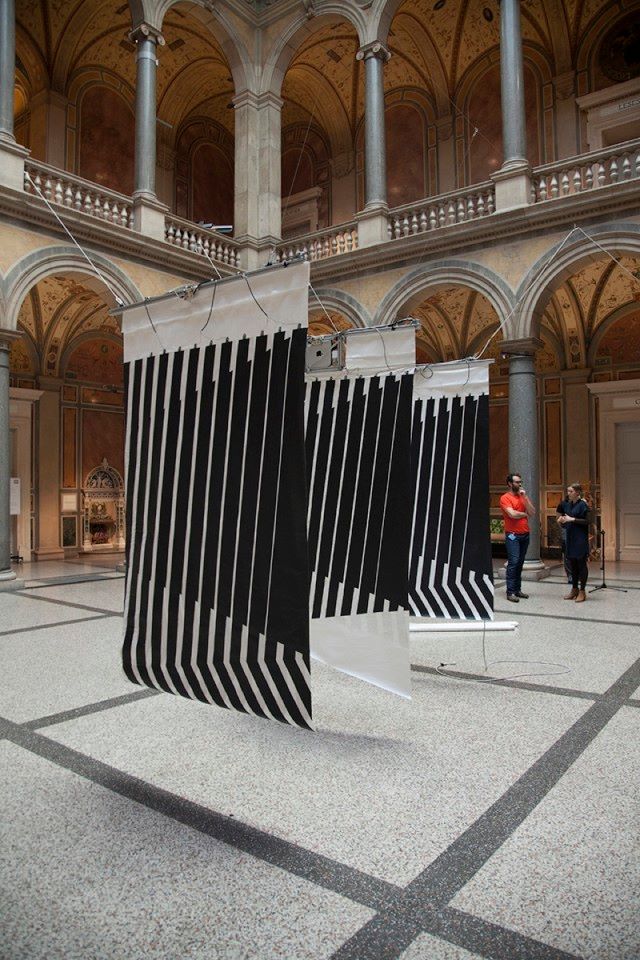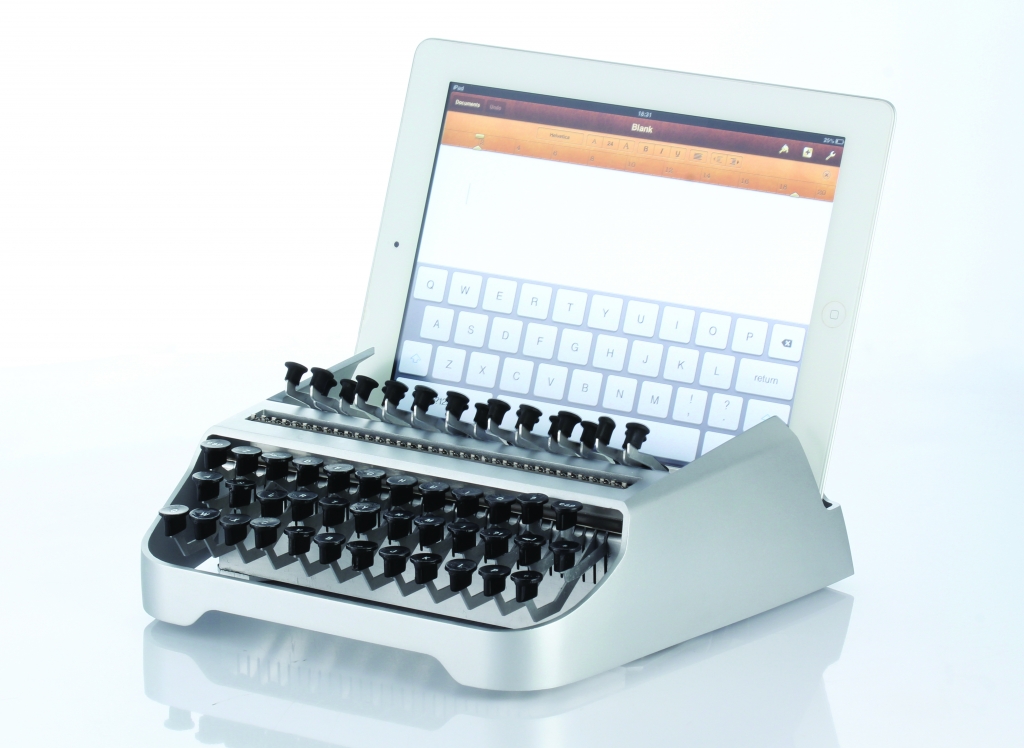
QUBIT AI: Paul Gründorfer & Leonhard Peschta
The Sea
FILE 2024 | Installations
International Electronic Language Festival
The Sea is an extraction of a complex natural phenomenon, resulting in an artificial emulation that develops a life form of its own. Just like the sea with its endless waves, this artificial system follows the impact of an immersive state, leading to a unique vision of an artificial generator. Despite appearing chaotic, it is capable of generating associations ranging from the movement of waves to science fiction scenarios.
Bio
Paul Gründorfer develops process-related systems and explores variable or unstable conditions in the occurrence of sound when exposed to amplification, feedback, and multiple signal streams. His works focus on processes that evolve in a social space. Leo Peschta is an artist and researcher. During his studies, he worked in various fields of media arts, including sound, installations and software, developing over the years a special interest in robotics and machinery.
Credits
Austrian Embassy




